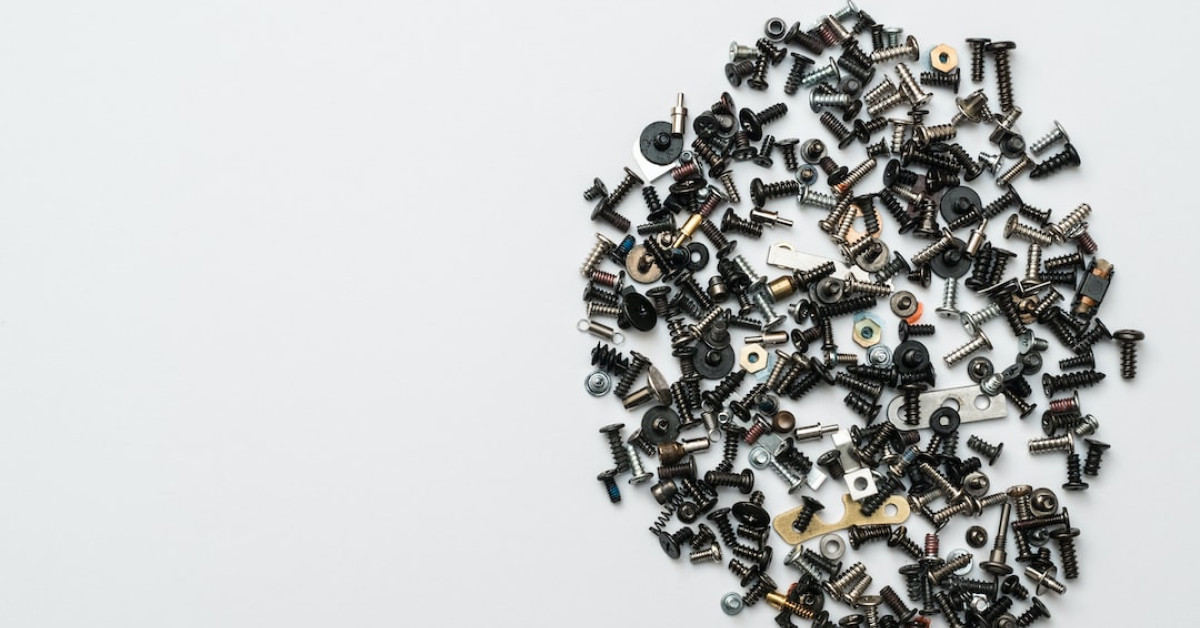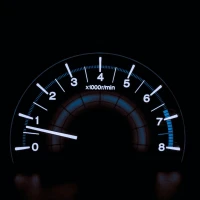When you hear the dreaded hiss or feel the spongy response of your brake pedal, you know something’s amiss with your vehicle’s brake lines. Luckily, for the hands-on car owner, a broken brake line isn’t the end of the road if you’re equipped with the right knowledge and tools. Welcome to your ultimate guide to repairing a broken brake line yourself—a feat that’s not only satisfying but could save you a substantial amount of money.
The Essentials of Brake Line Repairs
Before we delve into the step-by-step process of fixing a brake line, let’s talk about the importance of this component and what tools you’ll need for the job.
Understanding Brake Lines
Brake lines play an integral role in your vehicle’s braking system, carrying brake fluid under high pressure from the master cylinder to the brakes at each wheel. When a brake line is compromised, whether by corrosion, a puncture, or any form of damage, it affects your ability to brake effectively—a critical safety issue that requires immediate attention.
Signs of a Broken Brake Line:
- A noticeable leak of brake fluid
- A soft or spongy feel to the brake pedal
- The brake warning light illuminates on your dashboard
Tools and Materials You Will Need
Before laying a finger on your brake lines, ensure you have all the necessary tools and materials to complete the repair successfully.
- New brake lines or a brake line repair kit
- Brake fluid
- Flare wrench set
- Line wrenches
- Tubing cutter
- Flaring tool
- Brake line bender
- Wheel chocks
- Safety glasses and gloves
Preparing for the Repair
Don’t skip key preparations; they could make or break your DIY repair success.
Safety First
Always work in a well-ventilated area, preferentially outside or in a garage with the door open. Underline the severity of brake fluid’s corrosive nature and its ability to damage vehicle paint and other surfaces. Use protective eyewear and gloves when handling brake fluid.
Vehicle Preparation
- Park your vehicle on a flat, stable surface and engage the parking brake.
- Use wheel chocks to prevent the vehicle from rolling.
- Locate the damaged brake line that needs repair.
Gather Your Resources
Compile all your tools and materials in one place to stay organized. Read through guides, like this one, and watch tutorial videos if you’re a visual learner to familiarize yourself with the process.
Step-by-Step Brake Line Repair
Replacing a broken brake line involves several steps that must be executed with precision and care. Below is a comprehensive walkthrough to guide you through the process.
Identifying the Broken Line
Inspect your brake lines carefully to locate the damaged area. Look for signs of wear, rust, or brake fluid leakage. Broken brake lines are often found in areas exposed to the elements or where there is frequent wear and tear.
Removing the Damaged Line
Once you’ve found the damage, it’s time to remove the problematic section. Using your line wrenches, carefully loosen the fittings at each end of the damaged line. It’s imperative to use the correct size wrench to avoid stripping the fittings.
Preparing the New Brake Line
With the damaged portion removed, you’ll need to prepare the new brake line to fit.
- Measure the length of the new line against the old one and cut to size with your tubing cutter.
- Use the flaring tool to create the proper flares on each end of the new line.
- Bend the line gently, if necessary, with the brake line bender to match the contour of the original line.
Installing the New Brake Line
Following the removal of the old line, install the new one by threading the fittings into the appropriate mating parts. Tighten each fitting snugly with your flare wrench set to ensure a leak-free seal.
Bleeding the Brakes
After replacing a brake line, you must bleed the brakes to remove any air that has entered the system.
- Fill the brake fluid reservoir with new brake fluid.
- Have an assistant press the brake pedal several times, then hold it down.
- Open the bleeder valve at the furthest wheel from the master cylinder to release air.
- Close the valve and repeat until clear fluid, free of bubbles, flows from the bleeder valve.
Repeat this process for all four wheels in the correct sequence.
Final Checks and Test Drive
Post-repair, conduct a thorough check to ensure everything is fitted correctly and there are no leaks. Once you’re confident in your repair, it’s time to take a cautious test drive.
Visual Inspection and Leak Test
- Double-check all connections for tightness.
- Ensure there are no points where the brake line is touching or rubbing against sharp edges.
The Test Drive
Proceed with caution: Take your vehicle out for a slow and controlled test drive. Listen for any unusual noises and monitor the brake pedal feel and vehicle response.
When to Seek Professional Help
While many vehicle owners are successful in doing a brake line repair, there are instances when professional assistance is essential.
- If the braking issue persists after your repair
- If you’re uncomfortable with any part of the repair process
- If specialized tools are not available or if vehicle-specific complications arise
Conclusion: The Rewards of DIY Brake Repairs
In conclusion, repairing a broken brake line yourself is a rewarding endeavor that requires preparation, the right tools, and a considered approach to safety. By following this “DIY Brake Line Fix: Your Ultimate Guide to Repairing at Home,” you’ll not only have the satisfaction of completing a crucial car repair but also the peace of mind knowing you’ve taken an active role in ensuring your vehicle’s safety.
Remember, your braking system is a vital safety component, and while many vehicle enthusiasts can handle a DIY brake line repair with success, it’s crucial to address any uncertainties or persistent issues with the help of a professional. Safe driving and happy repairing!










